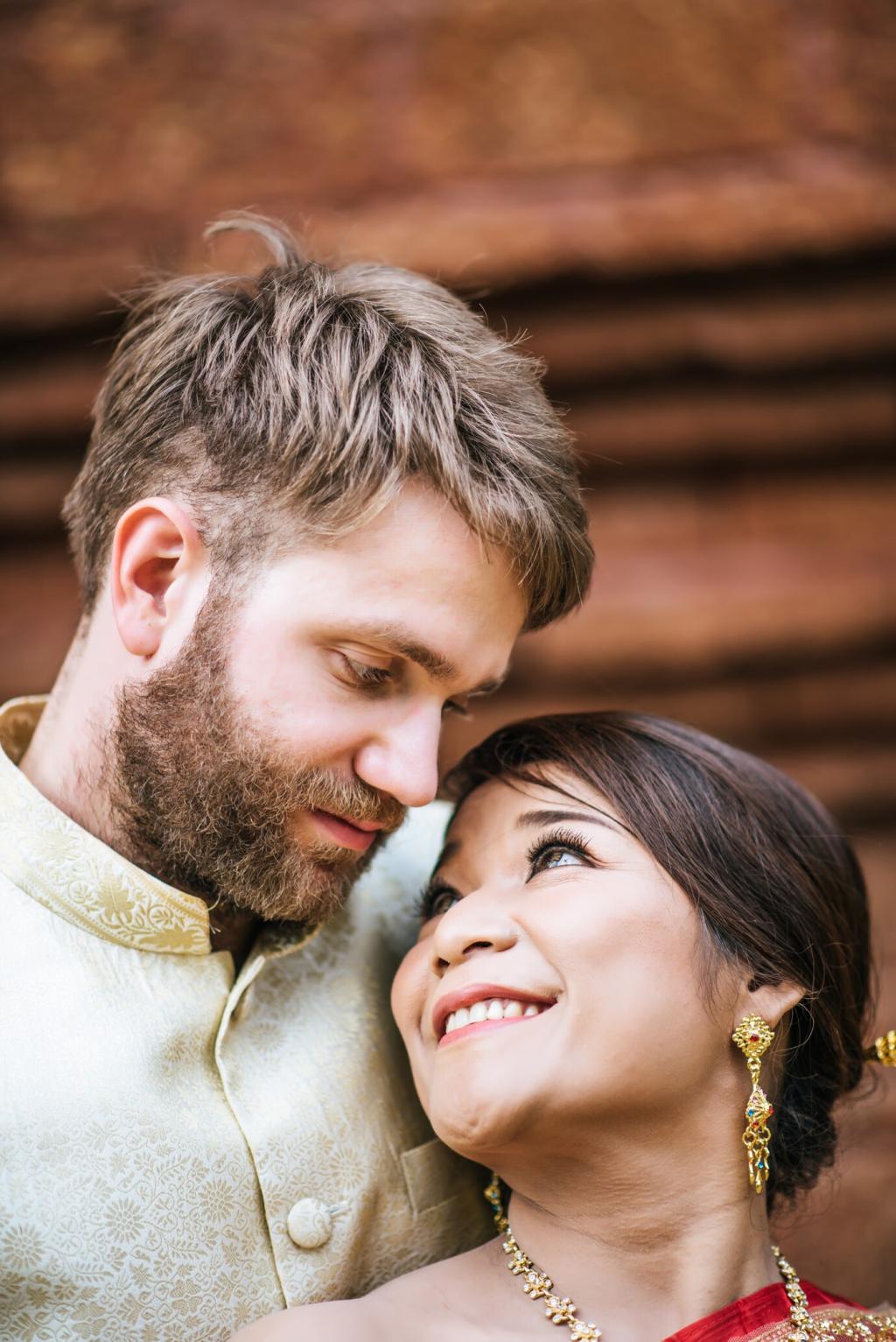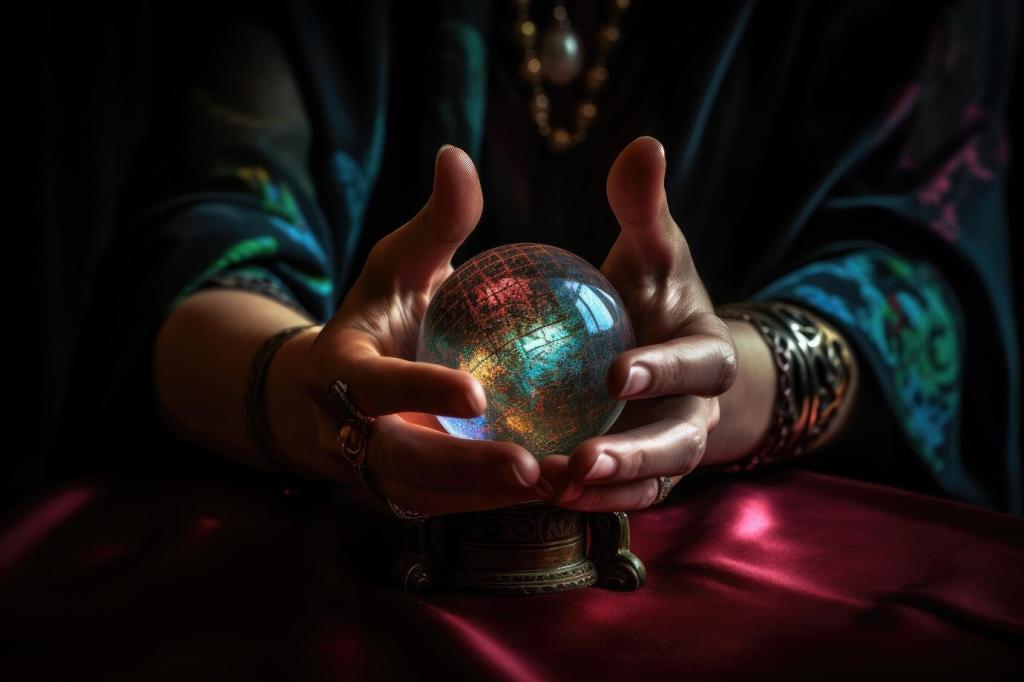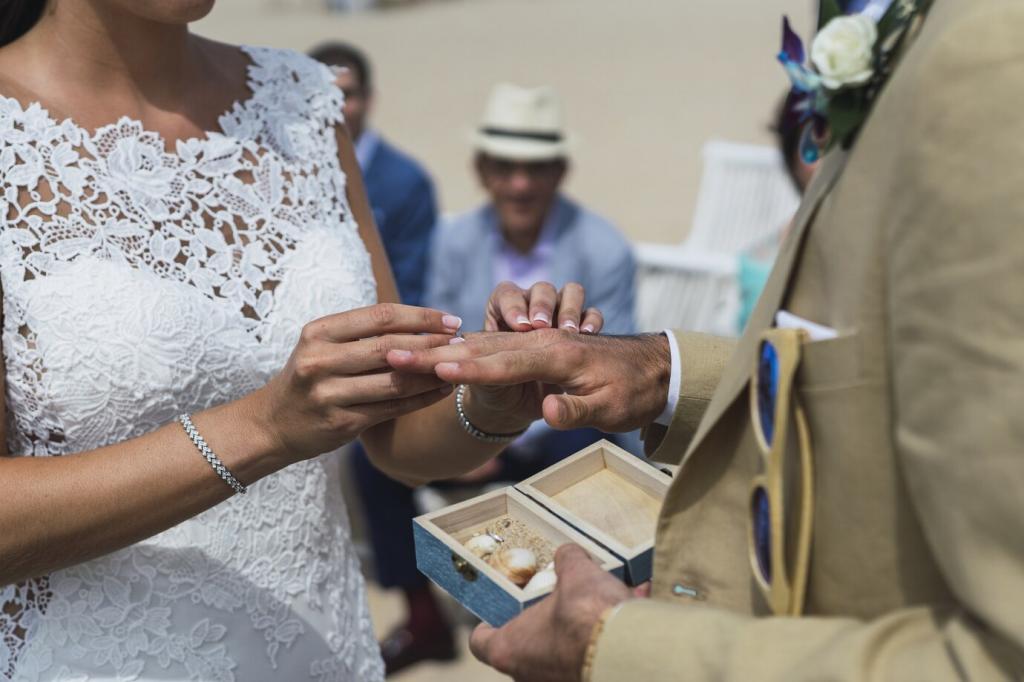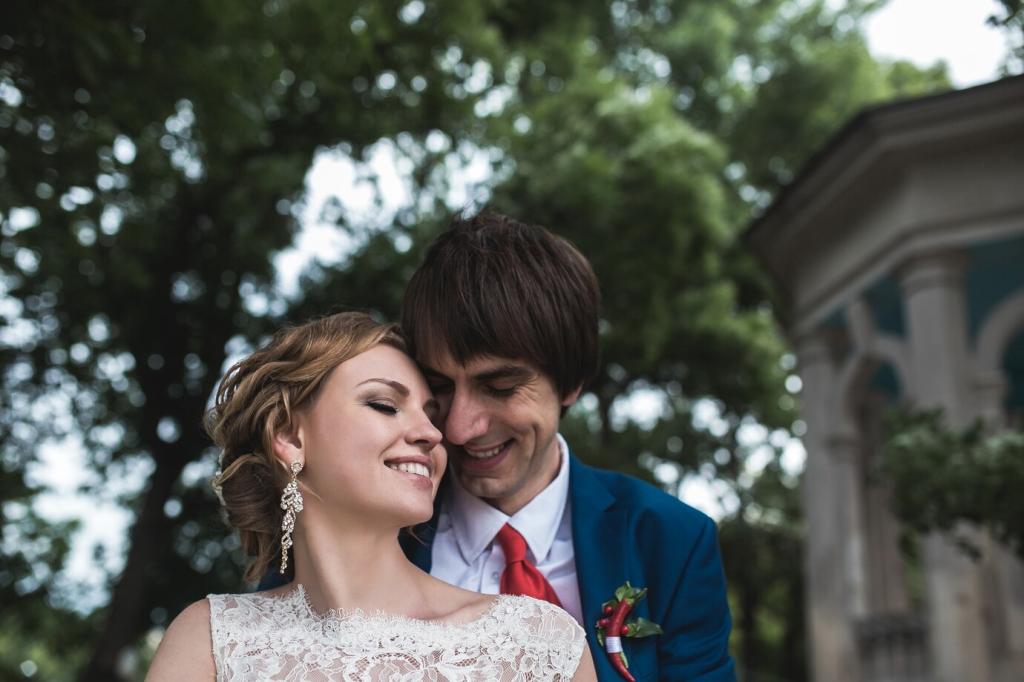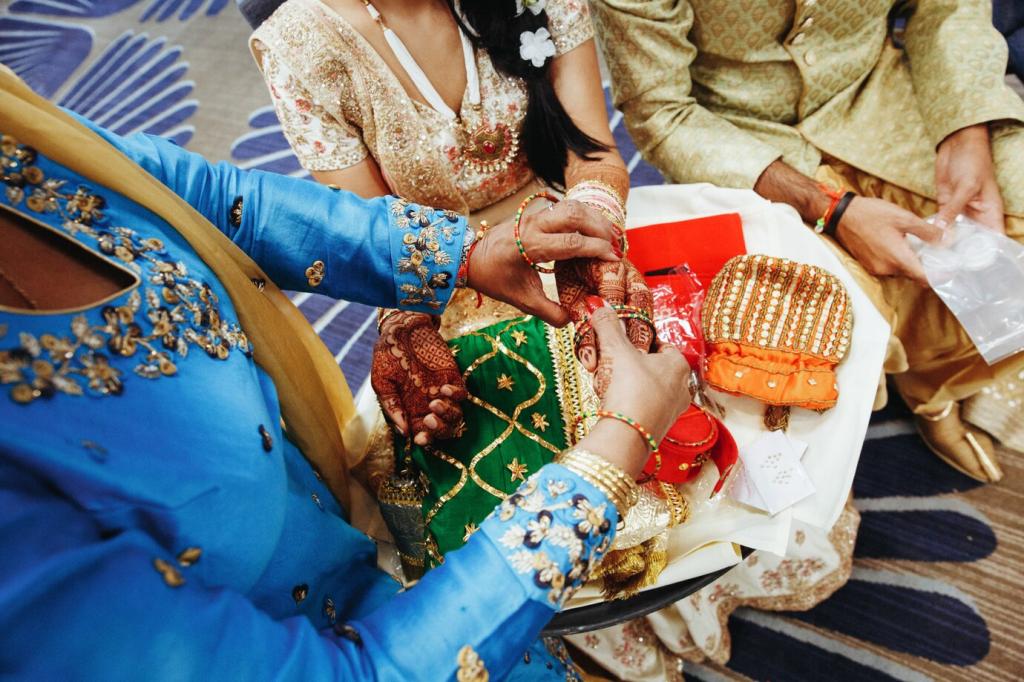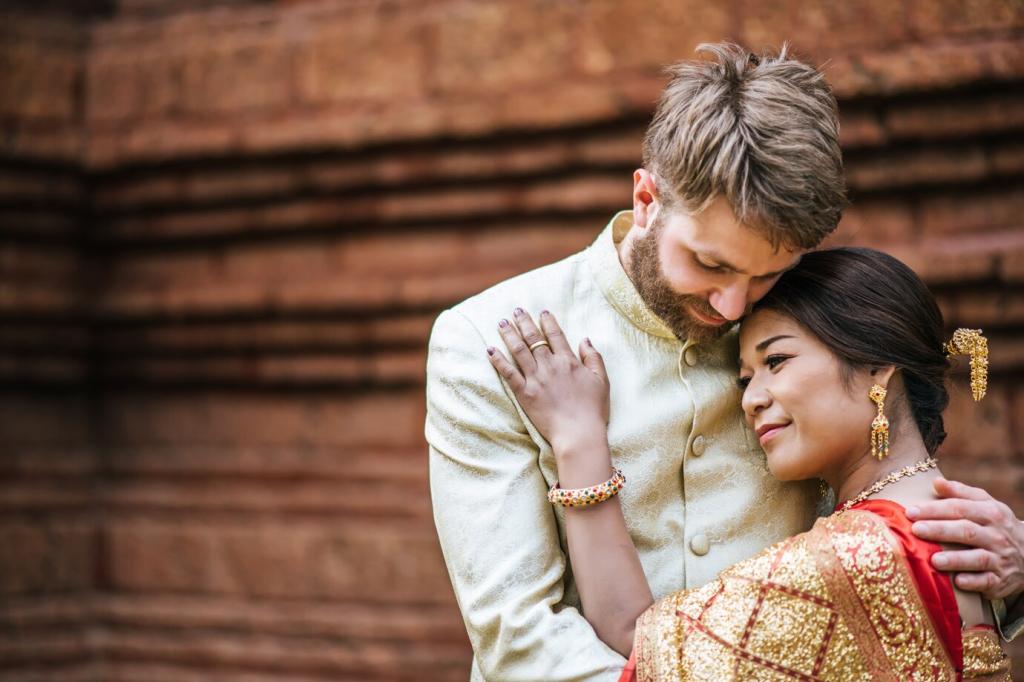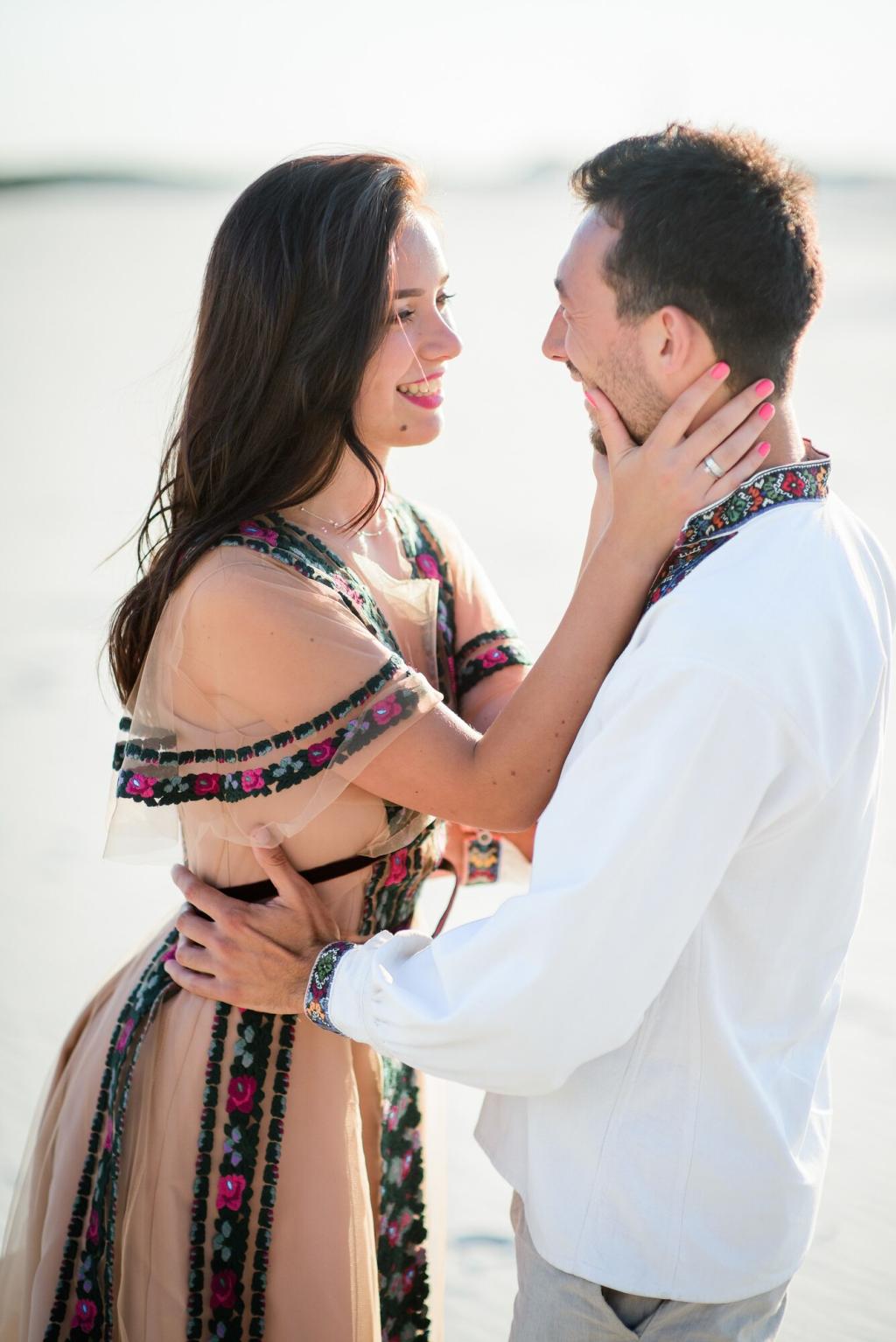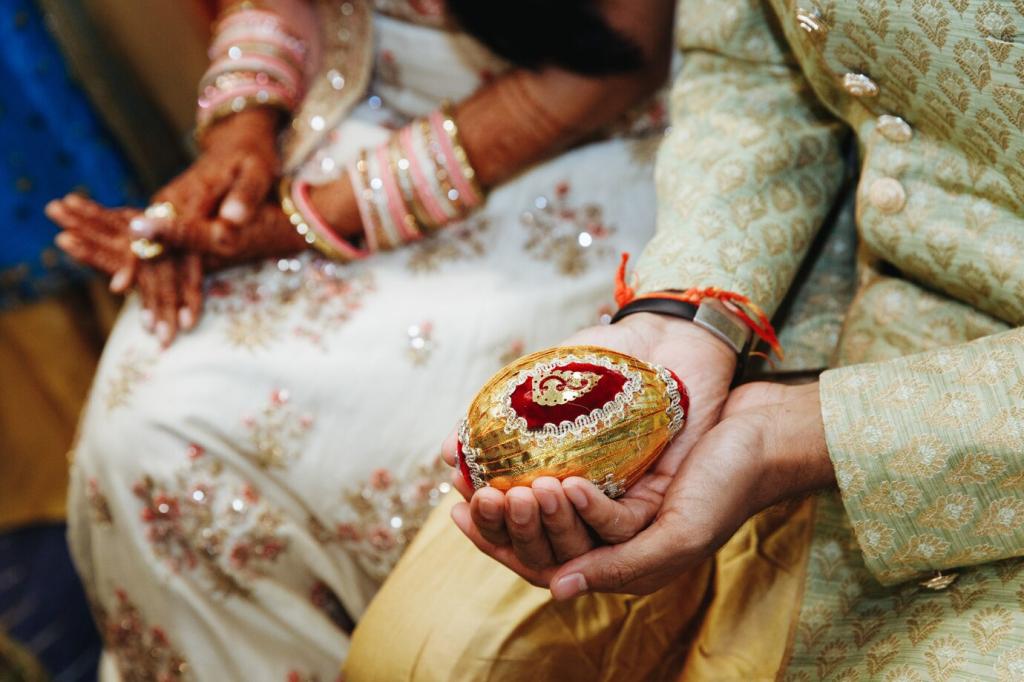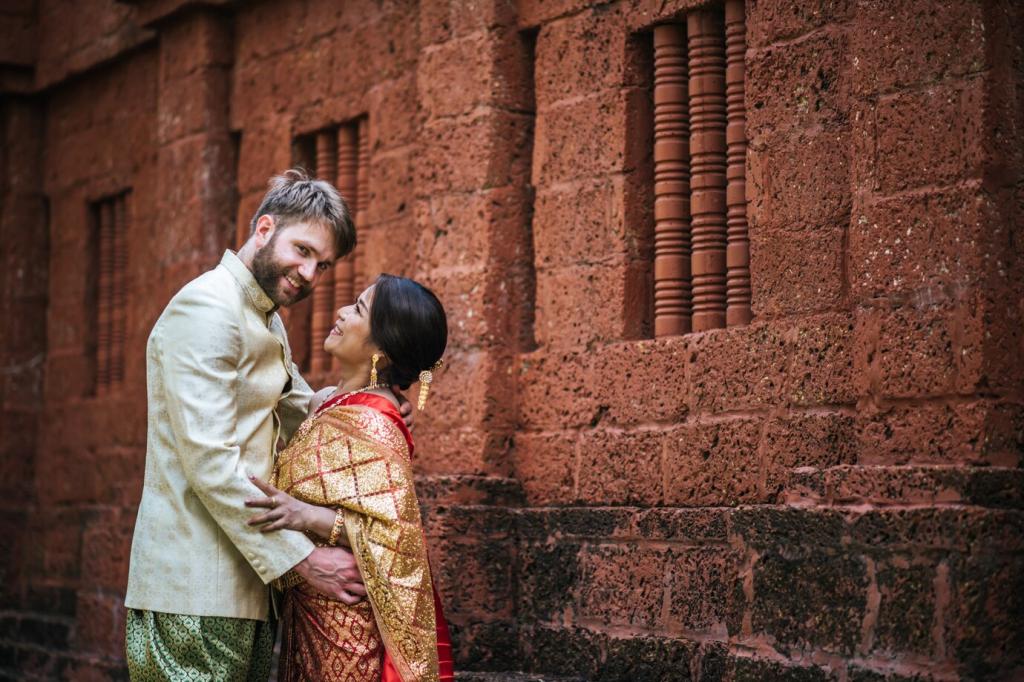Why Uncommon Wedding Traditions Matter
From soot-splattered pranks to solemn midnight blessings, uncommon wedding traditions echo migrations, conquests, and quiet domestic joys. Each gesture condenses centuries into a moment. Which echoes ring in your family? Share a custom that makes celebrations feel grounded, brave, or beautifully strange.
Why Uncommon Wedding Traditions Matter
A tossed shoe might bless safe journeys, a ribbon knot can bind intentions, and salt wards off envy. Unpack the quiet messages inside these gestures and tell us which symbol you keep, change, or retire when shaping your own meaningful celebration.

